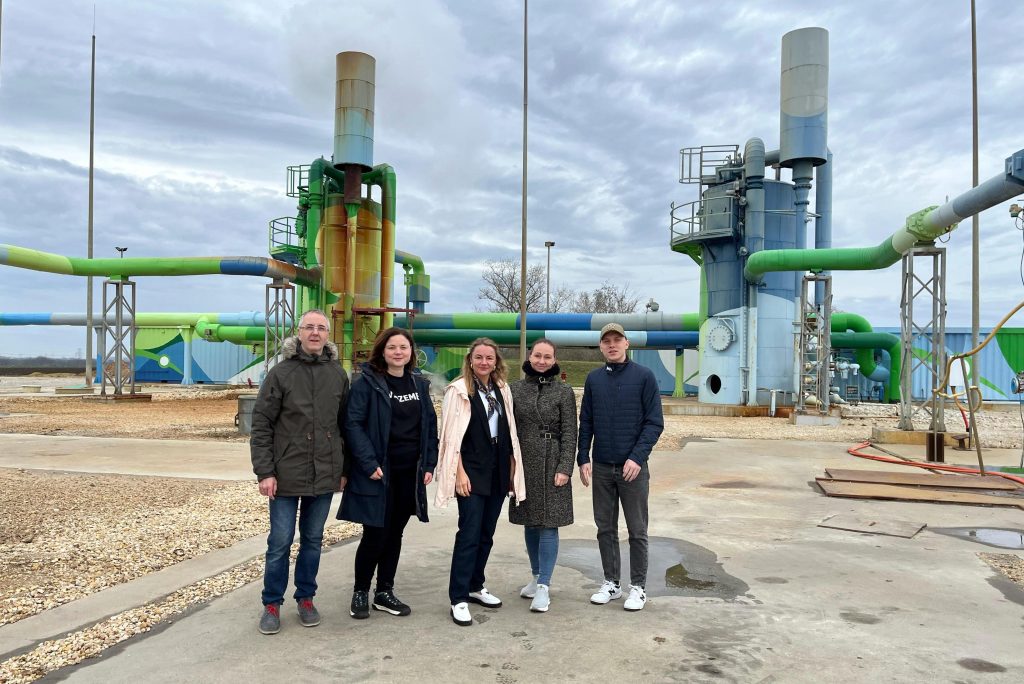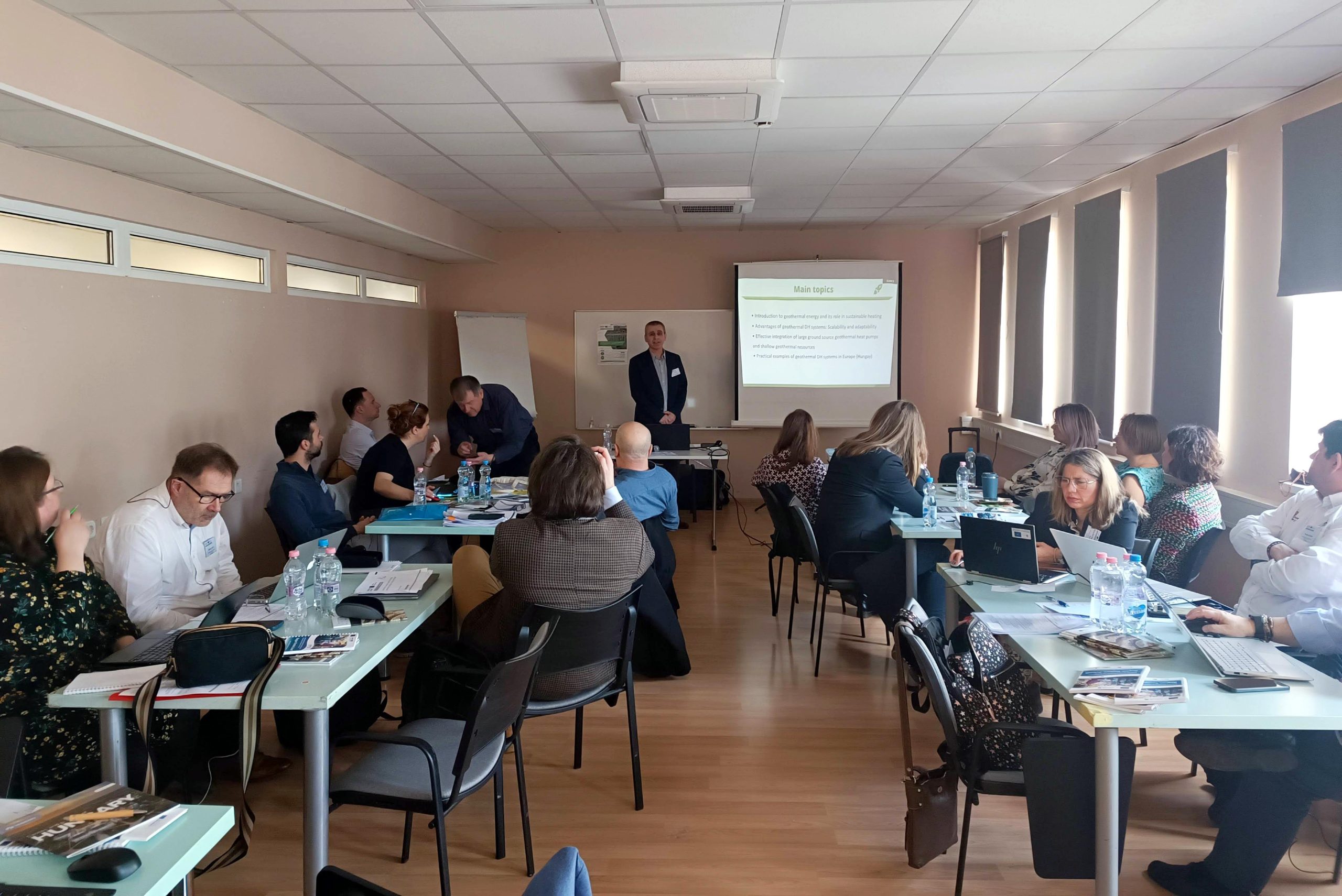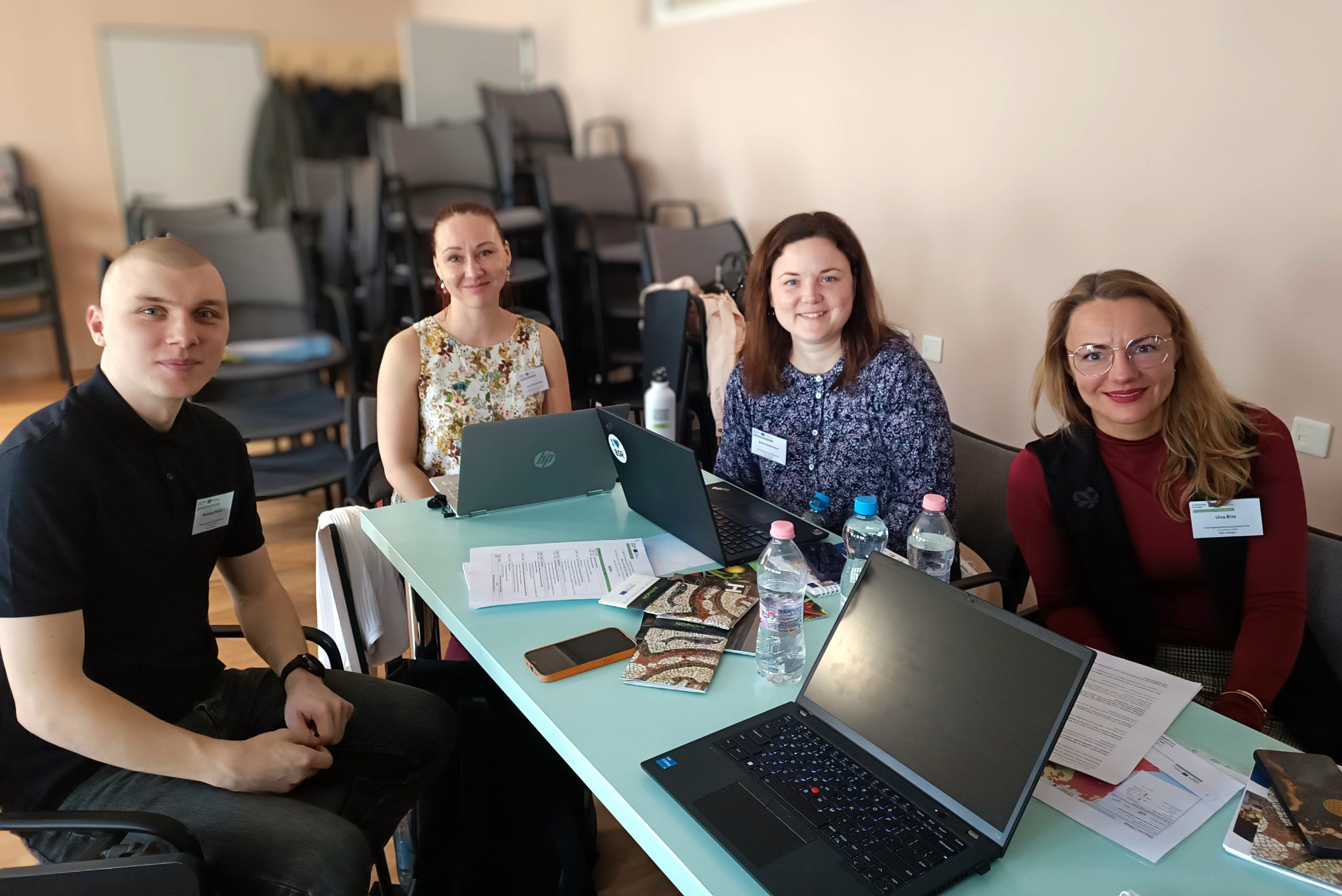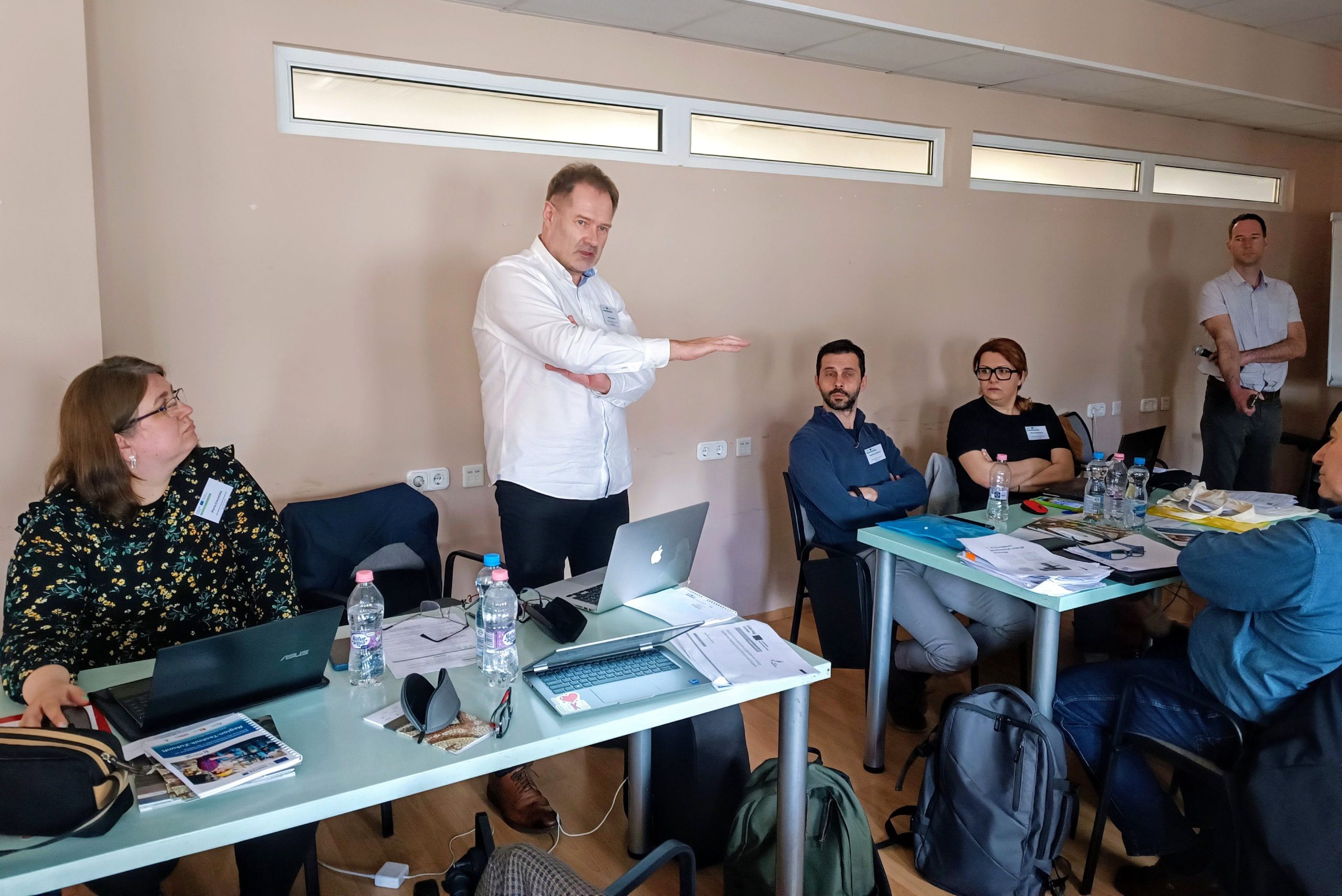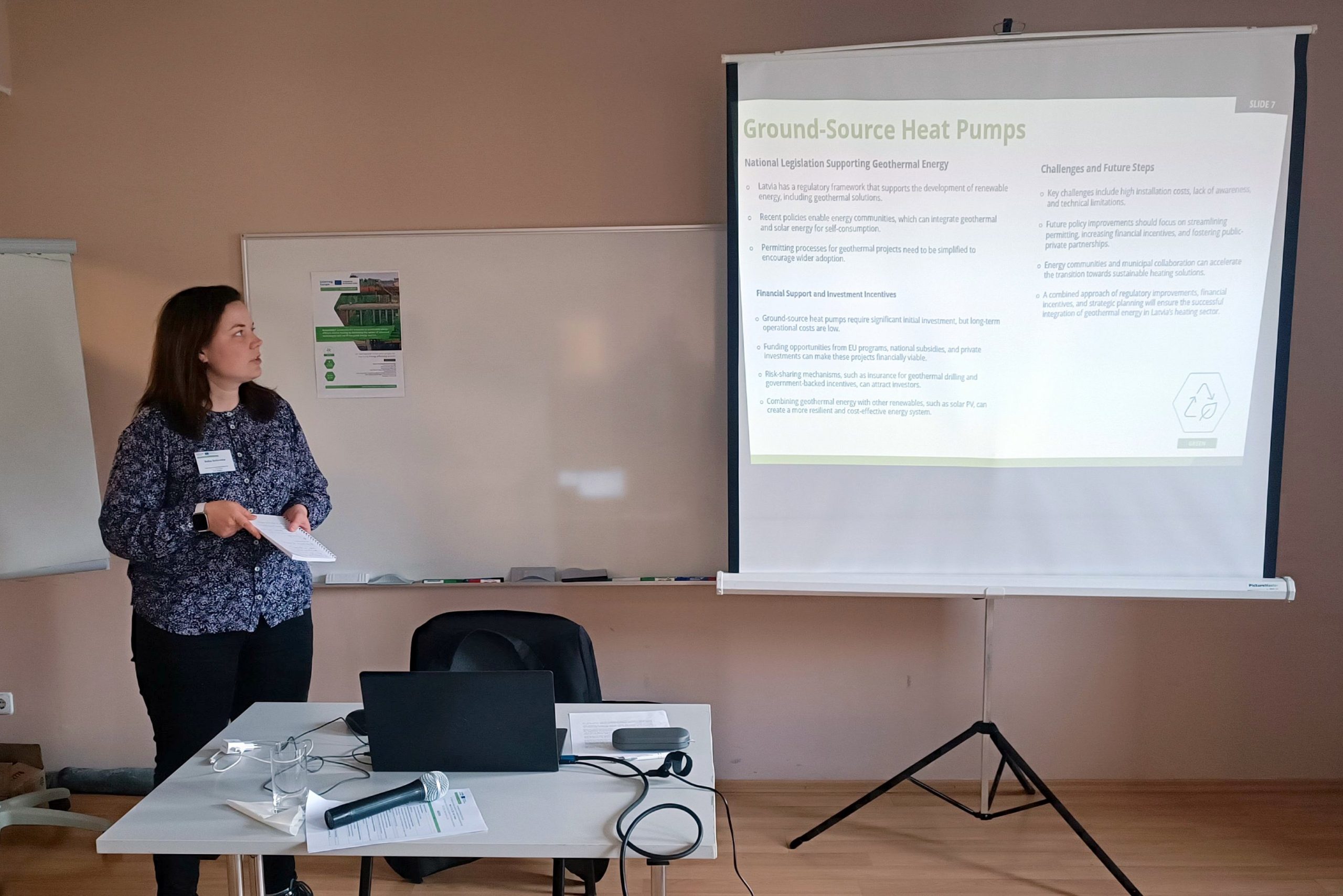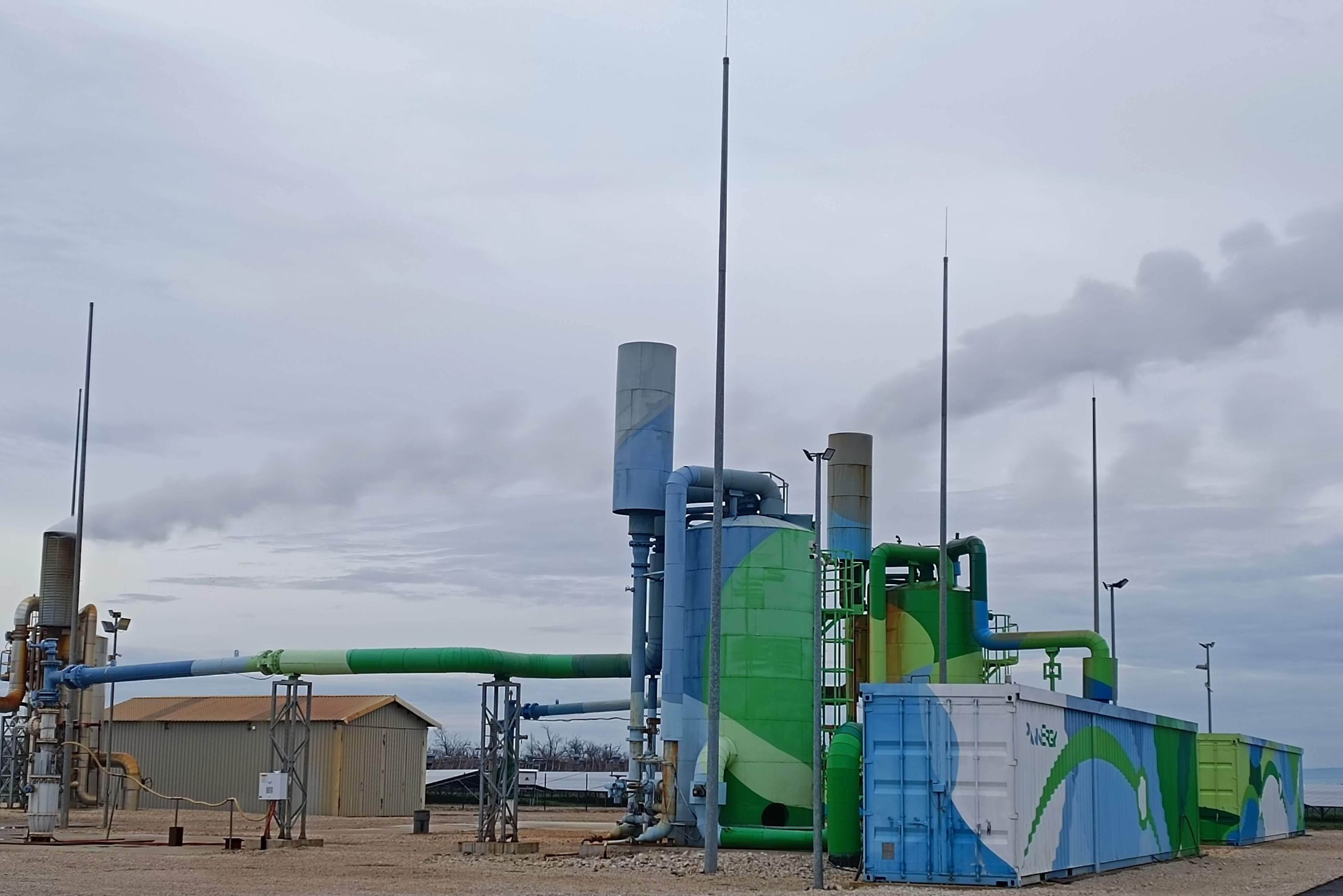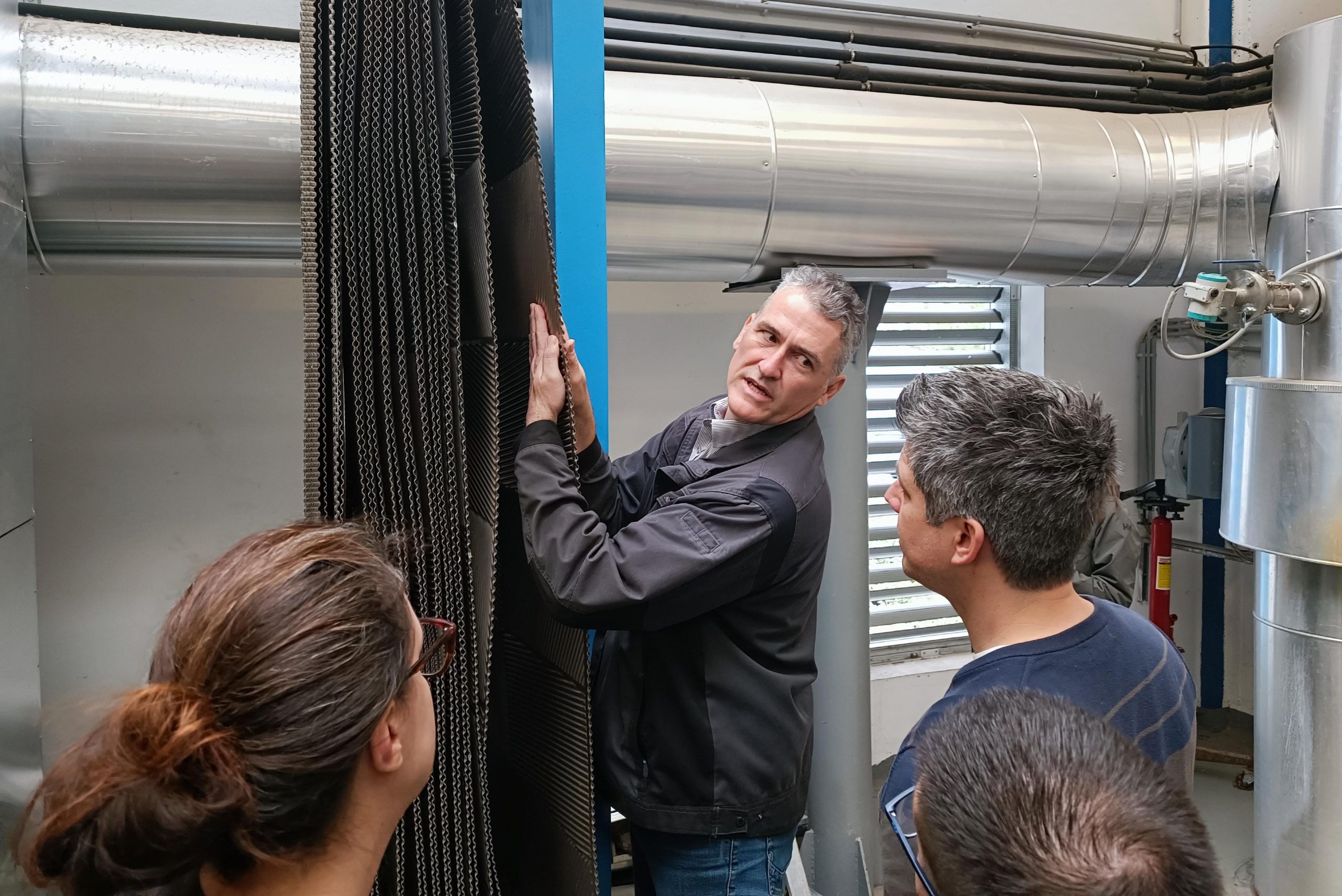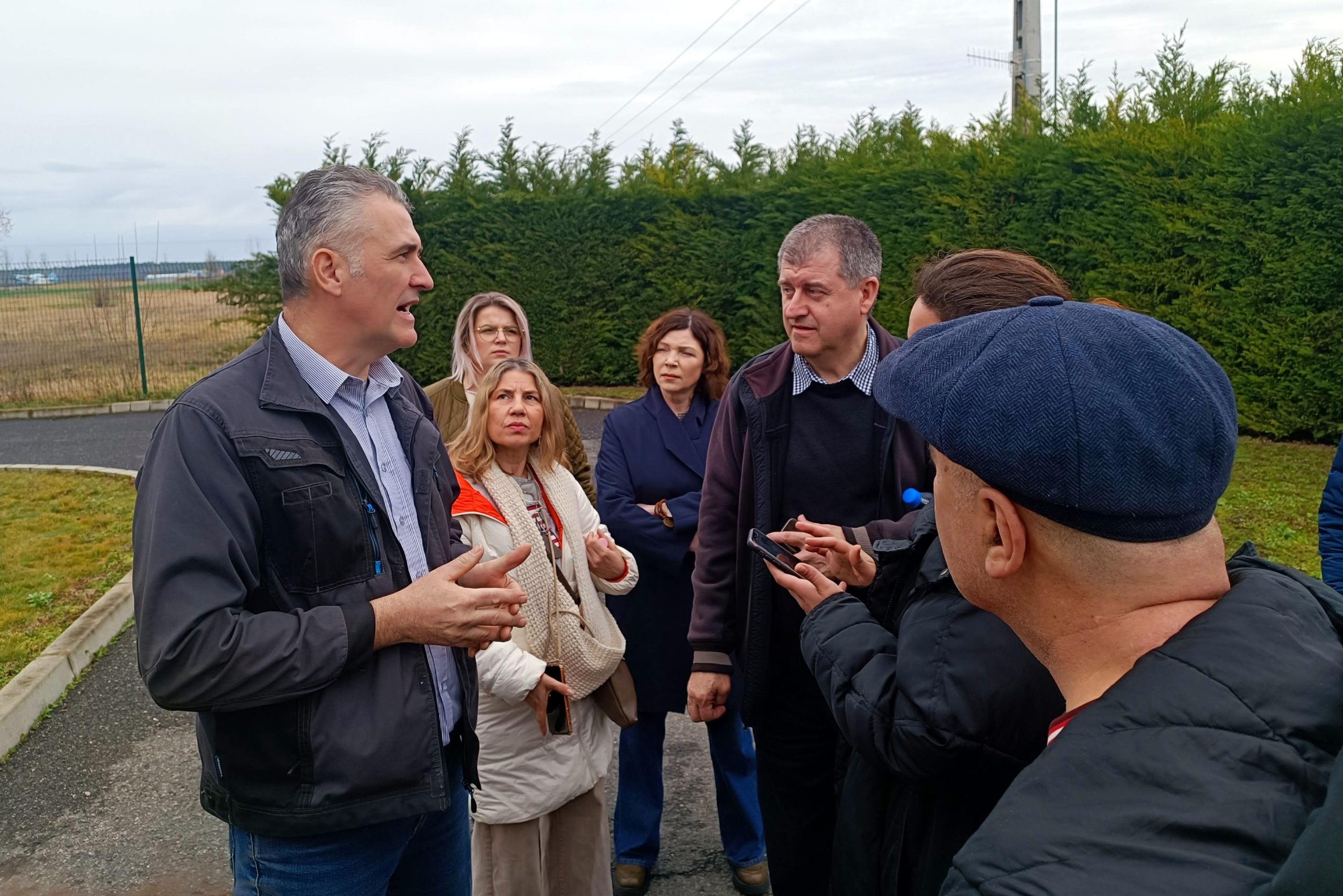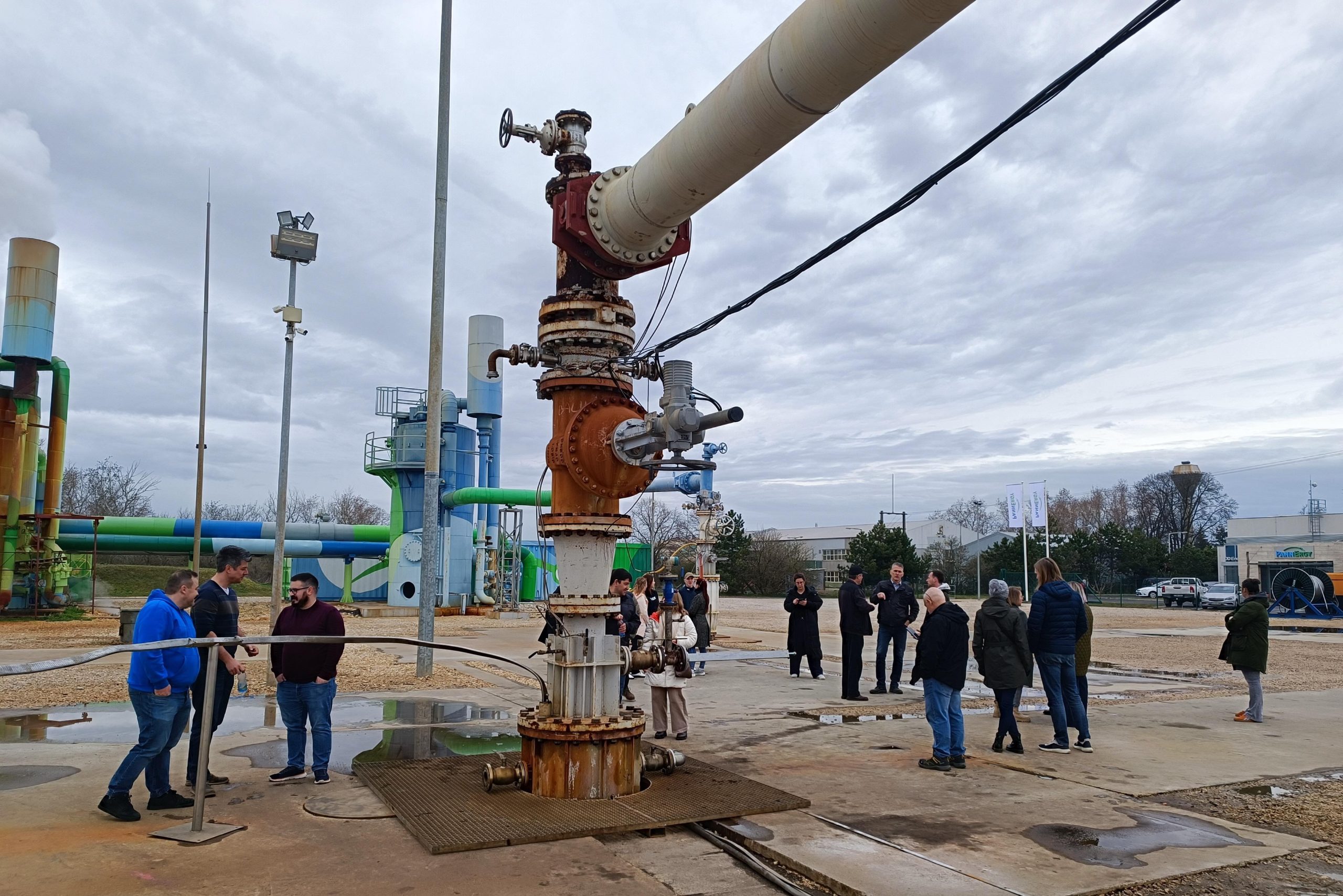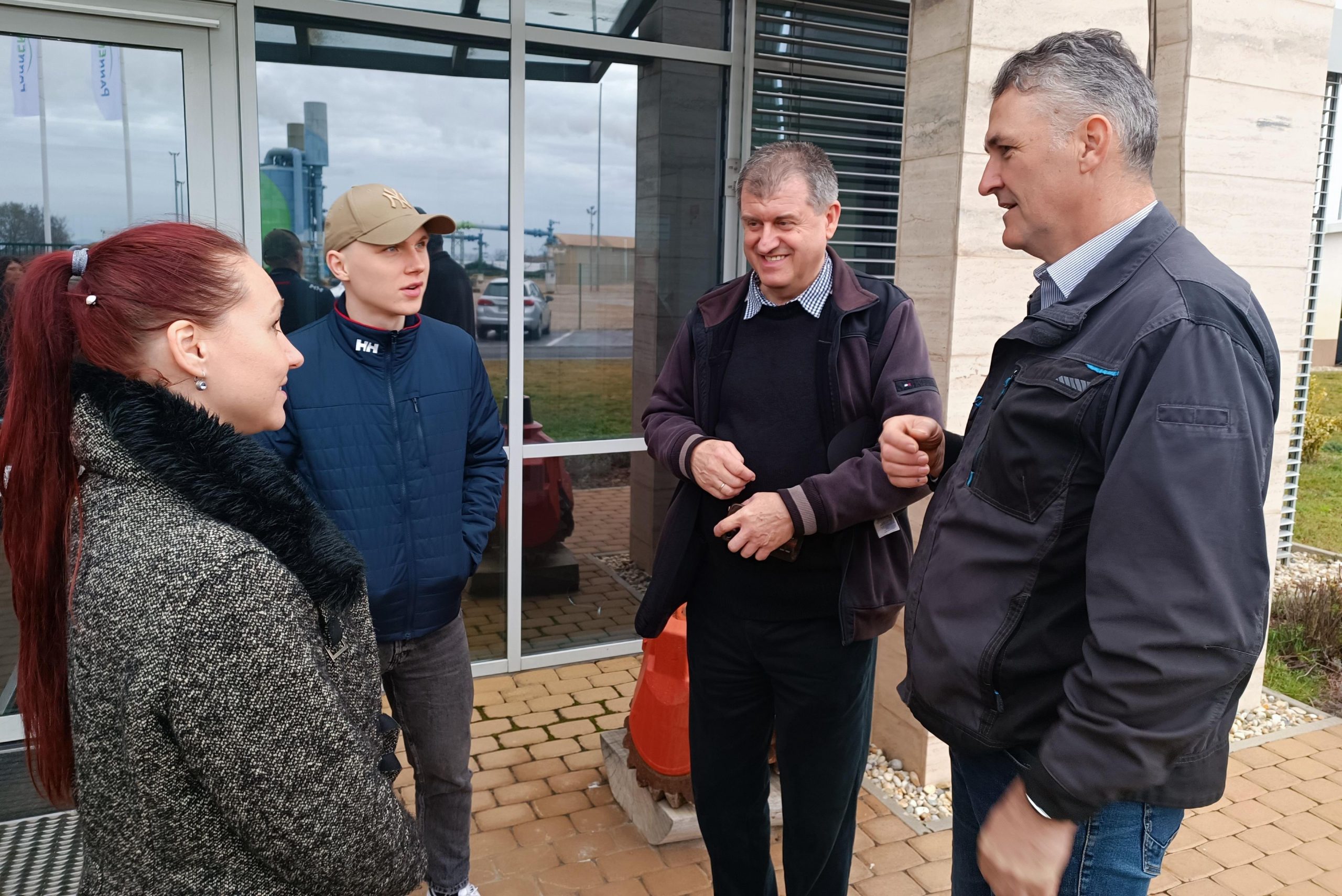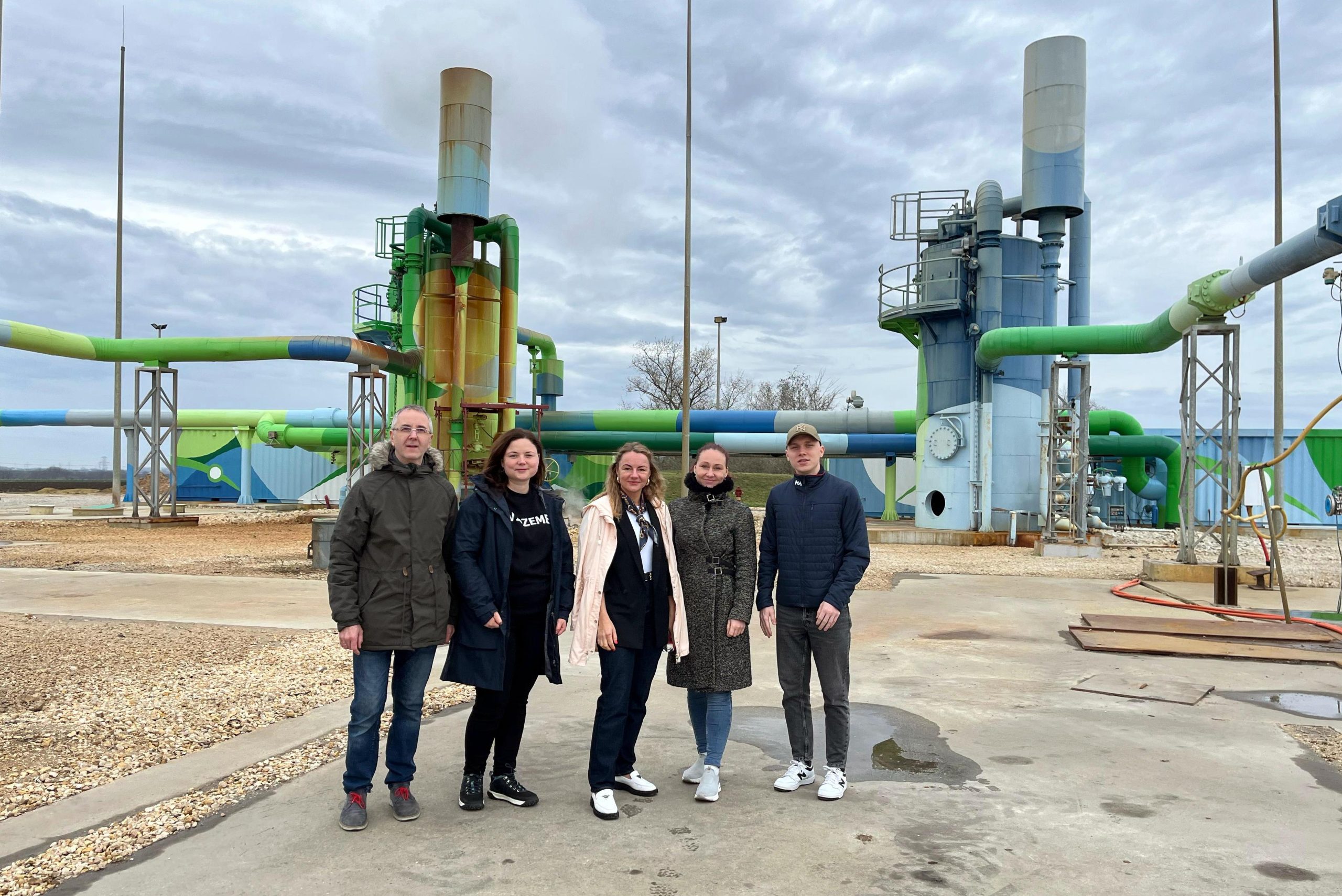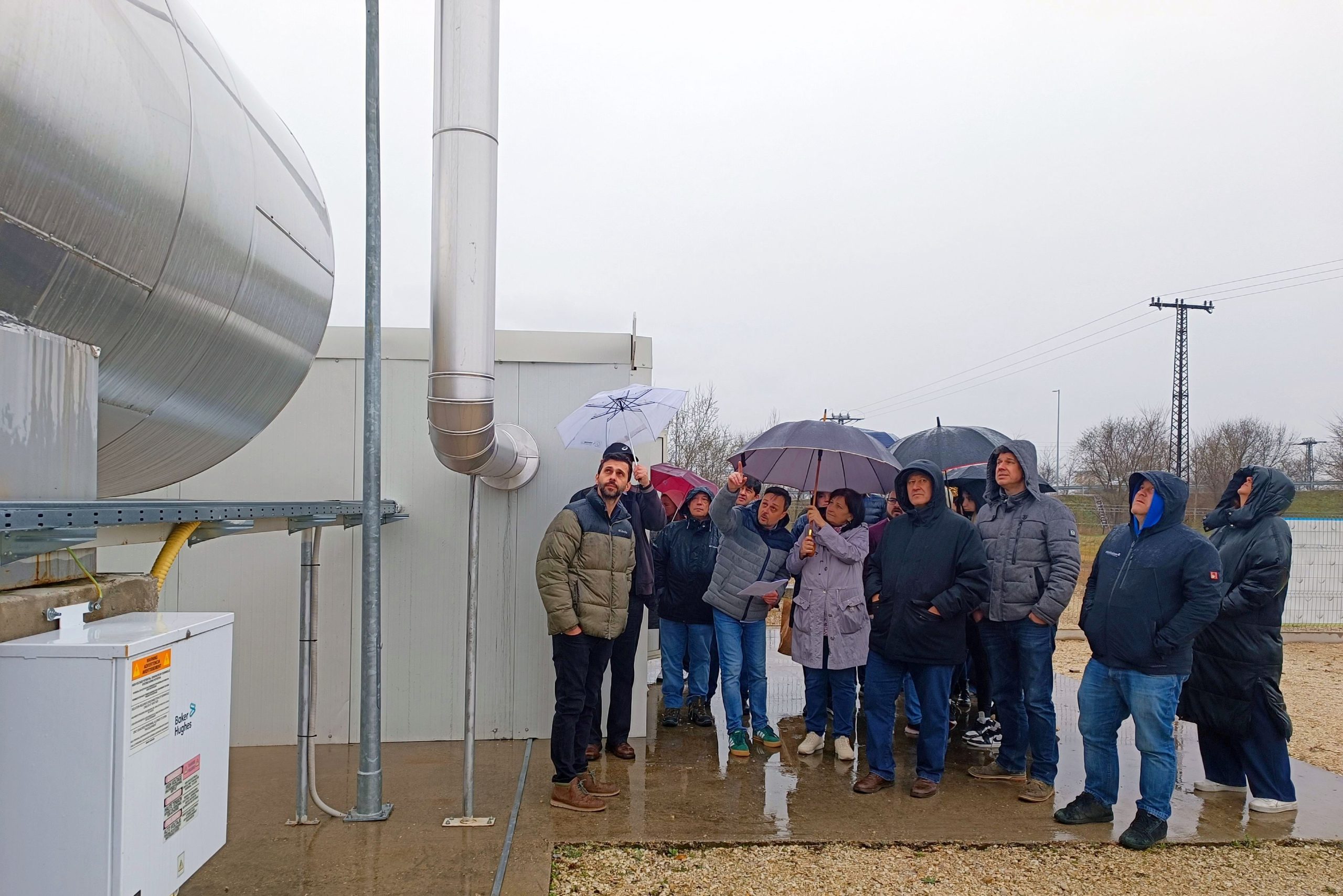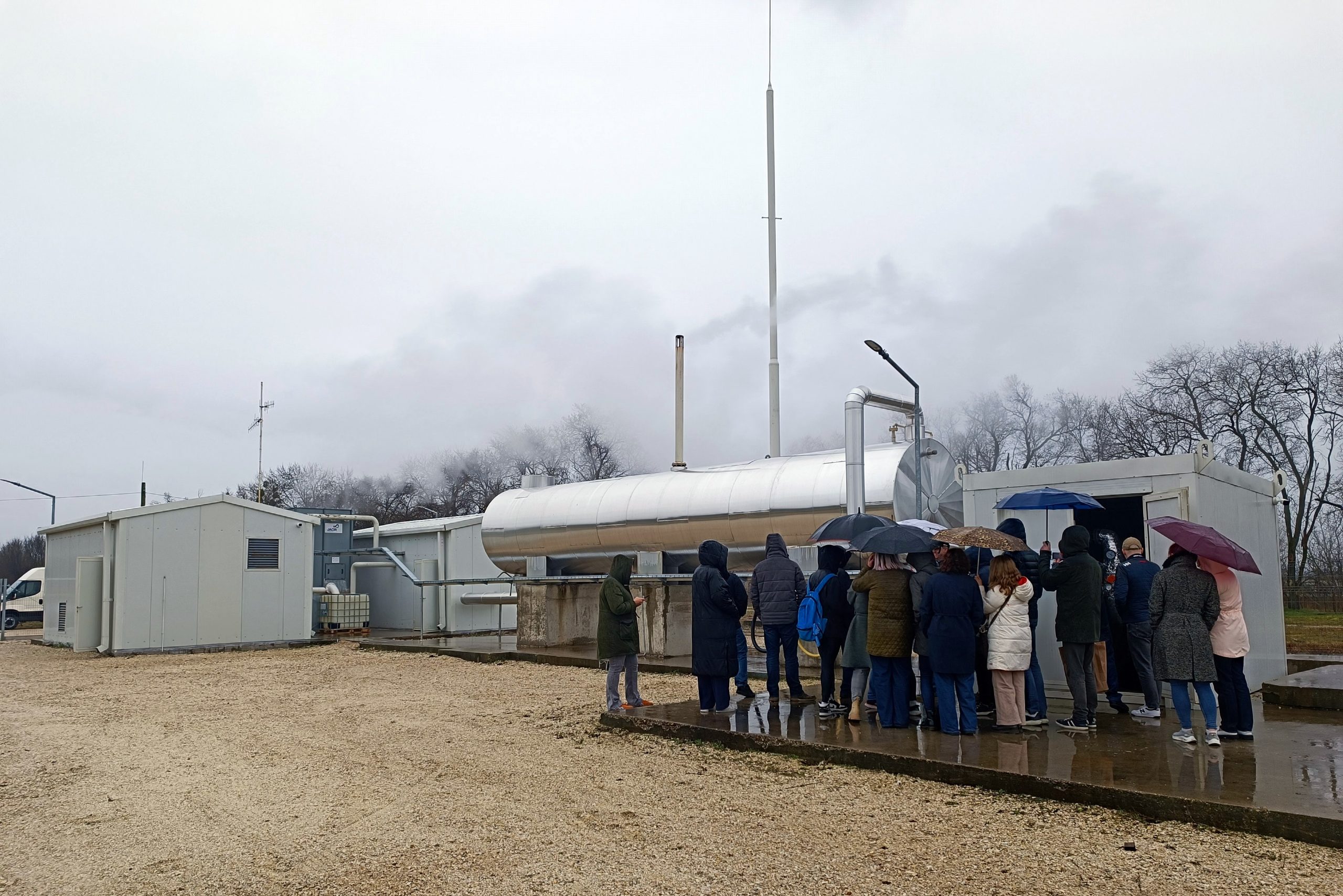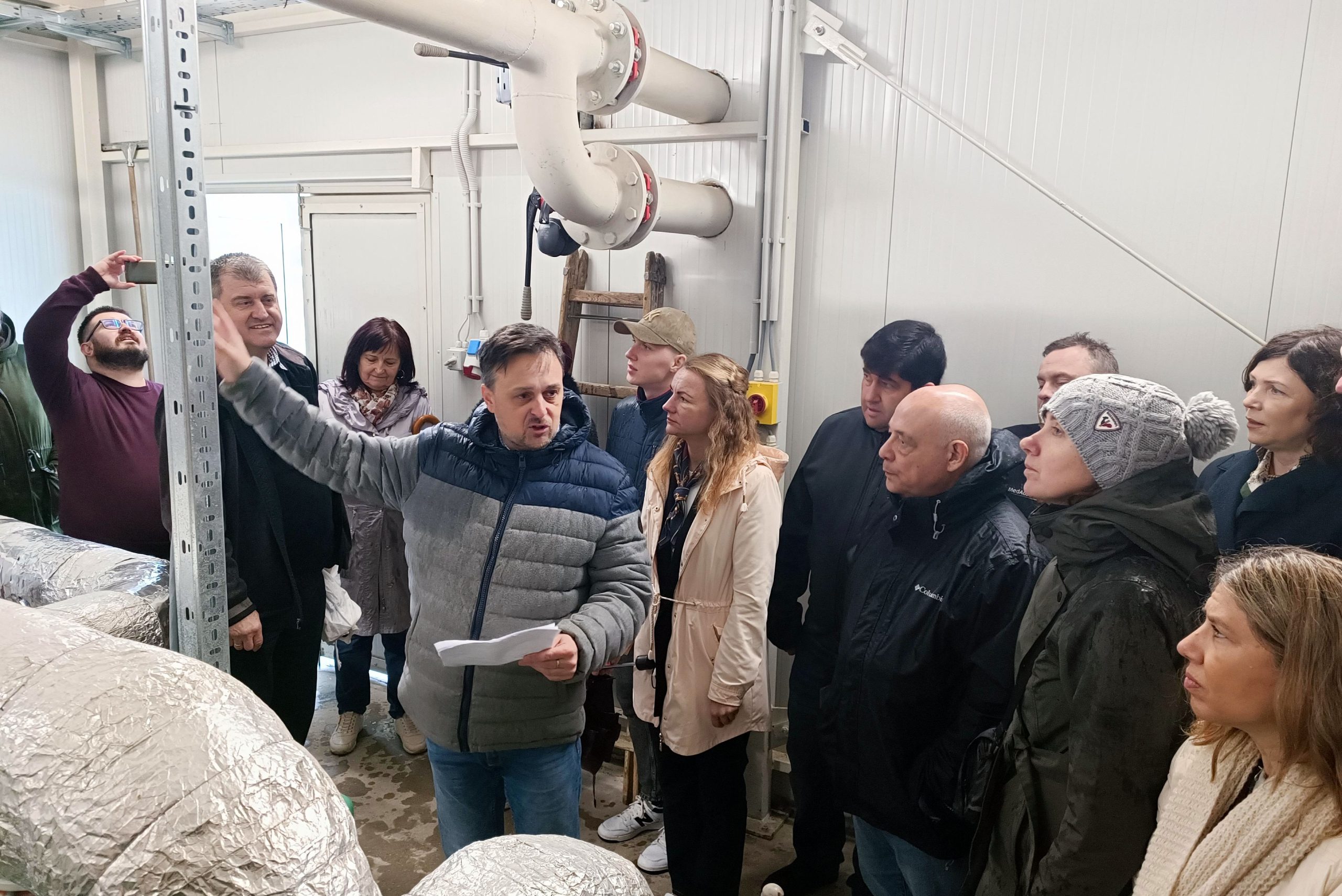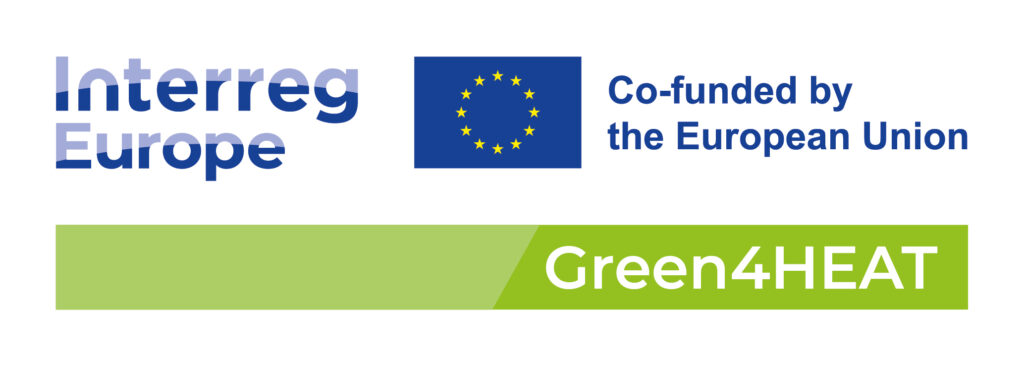New solutions combining modern technologies and sustainable planning are needed to effectively reduce heating costs, reduce dependence on fossil fuels and promote the green transition. These issues were the focus of the Green4HEAT Interregional Working Group, which took place on 13-14 March in Győr, Hungary, bringing together municipal representatives, energy specialists and industry experts from different European countries. Together with representatives of the Vidzeme Planning Region, experts from the Alūksne Municipality and the heating company “Adven” also participated in the working group.
Latvia needs a tailor-made solution: experiences and challenges
The potential of geothermal energy in Latvia has so far been little exploited, but different regions have identified areas where its application could be effective. In Latvia, low-temperature geothermal energy is mainly available and can be used in combination with other technologies such as heat pumps and solar energy. At present, there are no established district heating networks operating with geothermal energy, but studies have been carried out in some regions on the future use of this resource.
One of the areas with significant geothermal energy potential is the municipality of Elejas in Jelgava County. Previous studies have shown that the water temperature in this region could be sufficient for heating purposes. Although district heating is not currently developed there, geothermal energy could become an important source of renewable energy in the future.
The working group discussions analysed the differences in the availability of geothermal energy in different European countries. While in Hungary high temperature geothermal resources allow heat networks to operate without significant additional solutions, in Latvia and other Northern European countries it is necessary to combine low temperature geothermal heat with other renewable solutions such as heat pumps, solar panels and energy storage. Such an approach would allow more efficient use of available natural resources, while reducing fossil fuel consumption and promoting energy independence.
“Although Latvia’s geothermal energy potential is not directly comparable to Hungary, we have the opportunity to harness the heat of the earth through heat pumps, especially by creating energy communities and new villages in areas without district heating. Now that Latvia has a clear framework for energy communities, it is important to encourage the development of such initiatives by ensuring stable policy and financial support,” said Baiba Šelkovska, Project Manager, Vidzeme Planning Region.
Hungarian experience in geothermal energy
During the visit, participants visited two geothermal heating sites – the Győr and Mosonmagyaróvár geothermal systems, which make a significant contribution to urban energy supply.
The city of Győr, with a population of around 132 000, has one of the largest geothermal heating systems in Hungary. The system, operated by “PannErgy”, uses deep boreholes (2430-2580 metres) to produce hot water with a temperature of 98-101°C. This solution replaces the use of natural gas and significantly reduces CO₂ emissions.
The geothermal heating system developed in Mosonmagyaróvár uses deep boreholes up to 2 300 metres to extract geothermal water at 83 °C, which is used for direct heating in the town’s district heating system. This solution ensures a stable heat supply during the heating season, reducing natural gas consumption and overall heating costs. The project is designed to operate efficiently for at least 40 years, providing a sustainable and cost-effective alternative to fossil fuels.
Experience and good practices from other countries
During the working group, examples of geothermal energy that could be useful for other project partner countries were analysed.
The Lithuanian experience with the Klaipėda geothermal power plant reveals both opportunities and challenges in maintaining such systems. The plant, the first of its kind in the Baltic States, was inaugurated in 2004, but ceased operation in 2017 due to technical and economic problems. Its borehole depth reaches 1.1 km, and the extracted water temperature is around 38°C, which was sufficient to provide up to 13 MW of thermal power with a heat exchanger. In 2022, the Municipality of Klaipėda took over the assets of the plant and entrusted its management to “Klaipėdos energija”, with the aim of developing its renovation and adapting it to more efficient technologies. Experts point out that combining geothermal energy with heat pumps and other renewable resources can improve the sustainability and economic viability of such systems.
Poland, for its part, has been actively developing geothermal energy in recent years, increasing its total installed capacity from 74 megawatts (MW) in 2020 to 129 MW. The country currently has seven geothermal plants in operation. Approximately 40% of Poland’s territory is suitable for the direct use of geothermal waters in heating systems, as the geothermal waters in these areas are not deeper than 2000 metres and their temperature is below 50°C.
For example, the town of Pyrzyce has a geothermal heating system that uses water from boreholes about 1.5-1.7 km deep, where temperatures reach 64-87°C. The system has an installed thermal capacity of 50 MW, providing heating for about 13 000 inhabitants.
These examples demonstrate that energy-efficient district heating systems can be developed even in regions with geothermal resources at moderate temperatures. Latvia, like Lithuania and Poland, should carry out in-depth studies and develop a long-term strategy for the development of geothermal energy, taking into account local hydrogeological conditions and the possibility of combining different renewable energy sources.
Conclusions: long-term support is needed
The examples discussed in the Working Group show that geothermal energy has the potential to significantly reduce dependence on fossil fuels and stabilise heating costs. In Hungary, high-temperature geothermal resources allow for efficient district heating systems, while in Lithuania and Poland, solutions have been used that combine moderate-temperature geothermal energy with other renewable energy sources.
For Latvia, these examples serve as a valuable reference point from which to learn and develop tailored solutions for local conditions. Integrating low temperature geothermal energy with heat pumps, solar energy and storage could offer a viable alternative to conventional heating. This requires sound policy instruments and financial support to facilitate the deployment of these technologies by municipalities and the private sector.

